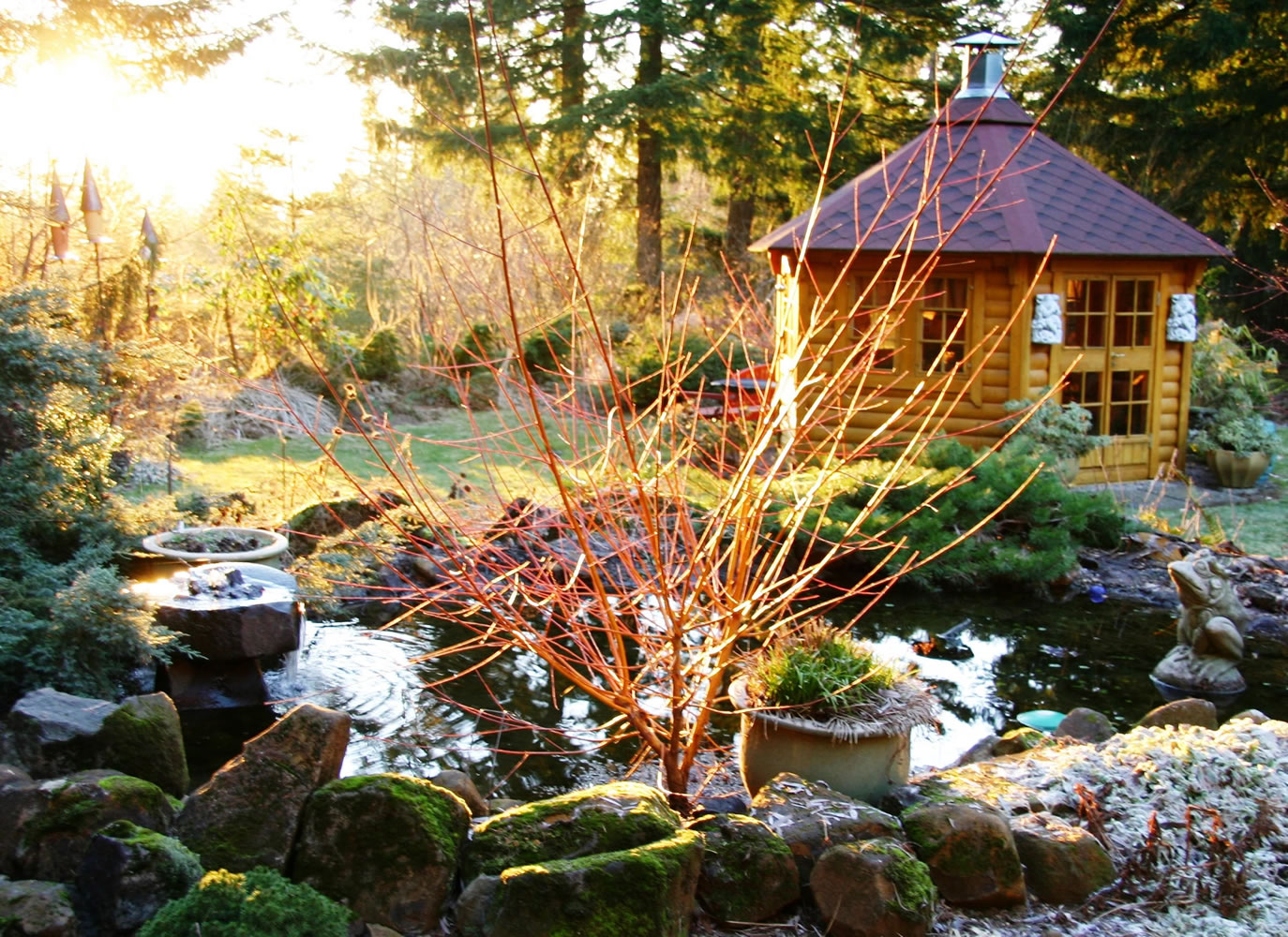We know we are well into winter once we have encountered bouts of freezing temperatures, spells of cold wind and a few days of rising temperatures that are warmer than it should be for this time of year. These weather variations are typical of the Northwest winter. Keep in mind that winter is not over just because we had a few days of sunshine. It will be back and hopefully our gardens will remain in a suspended state of dormancy for the rest of the winter season.
I never consider winter in the Northwest to be a permanent state of dormancy because the years that I have spent in my garden have taught me that dormancy is fickle; coming and going with the rise and fall of our temperate climate. We share this phenomenon with Britain and much of Western Europe, parts of the northeast United States, New Zealand, eastern Asia and southern Chile.
The hallmark of temperate zones is a relatively small fluctuation in temperature between seasons with rain that generally falls all year round. However, some of these areas experience quite
different types of weather depending on their position relative to the sea and winds. For example, although the northeast of North America is at the same latitude as western and northern Europe, it lacks the warming influence of the “North Atlantic Drift.” As a consequence, much of the northeastern seaboard of the United States is ice-bound during winter months.
All this makes me happy we live where we do. Sure, the shorter days of early winter mean less time in the day to spend outside. It’s especially difficult when those days are colder and wetter than we might like. On these days, it takes longer to get out in it and once outside, sustain the effort to get any garden work done. However, I know from personal experience that once I get started, I can always find something to do.
Of all the plants I’ve put in the garden for seasonal display, the most dynamic is still my Tibetan cherry in midwinter. Prunus serrula “Tibetica,” also known as the birch bark cherry, is usually thought of within the large group of flowering cherry trees. The flower show, however, is subtle compared to the classic flower show of “Kwanzan,” “Fuji” or “Snow Fountain.” The bark is more notable than the small white flowers which are almost hidden by new leaves in spring.
This round-headed tree with narrow, willowlike leaves in the growing season is lovely all year long. It is spectacular in leafless winter when the sun shines on its beautiful, glossy, mahogany bark. And if we should be startled by an unexpected winter storm, the elegant silhouette of metallic red branches and pure white snow make it all worthwhile.
Winter cleaning
We all know how one job leads to another in the garden and around the house. Every year, when it’s time to take down the holiday lights, my attention is drawn to the film of accumulated dirt and water marks on the front of the house gutters. It just makes sense to wash down the gutters and sweep away any cobwebs or hornets’ nests at the same time since both jobs require moving a ladder around the house and through the foundation plantings. Clean the gutters with a mild soap solution and a touch of ammonia. A small, flat broom on a long-handled stick works as the perfect scrub brush.
Whenever a job takes you back behind the foundation planting beds of the house, take the opportunity to clear out the accumulation of garden debris that always collects in this area. A bamboo rake with a small head seems to work well here. While you’re at it, check this area under the house eaves to make sure all the plants are getting their fair share of water. Trees, shrubs and perennials that are in open garden beds will get plenty of moisture from winter rain but this is often a forgotten zone and plants suffer and often die from lack of water to the roots.
Now that the festive holiday schedules are far behind us, we can turn our attention to tools and garden implements as well as the garden storage area. This is a great time to clean out, repair, or throw away. Sharpen hoes, spades and other garden tools and rub wooden handles with linseed oil. A garden chore at this time of year can be a welcome diversion. After all, you will have a bit of spare time on your hands while the garden catches up on its much needed winter rest.
Robb Rosser is a WSU-certified master gardener. Reach him at Write2Robb@aol.com.



